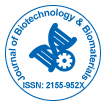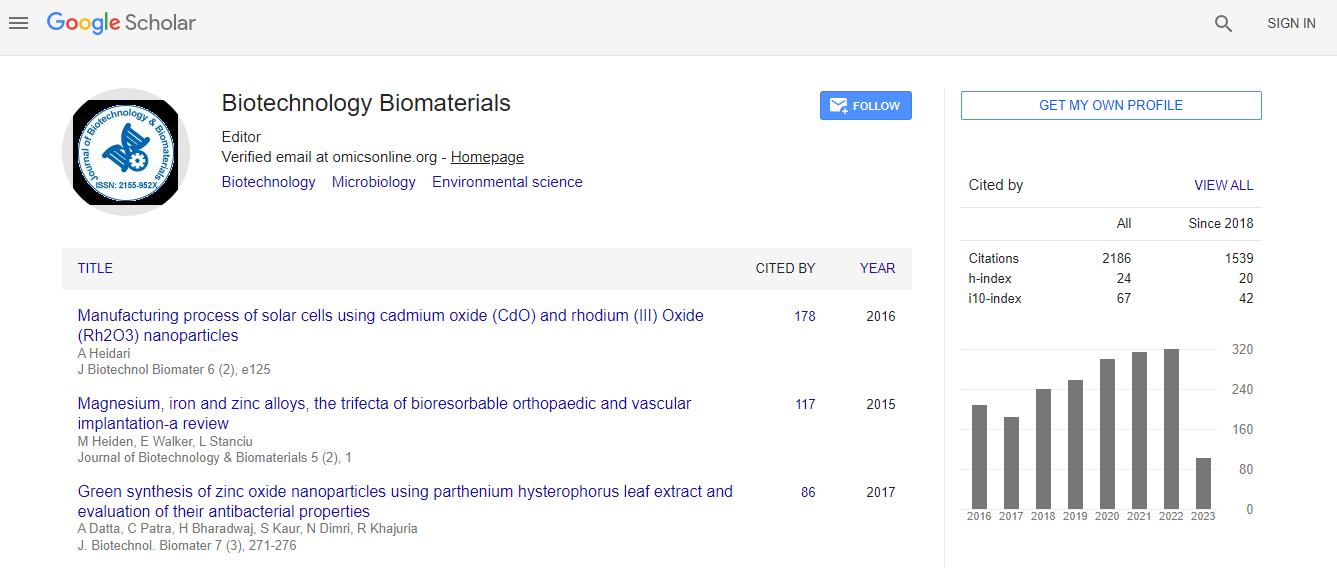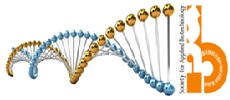Our Group organises 3000+ Global Conferenceseries Events every year across USA, Europe & Asia with support from 1000 more scientific Societies and Publishes 700+ Open Access Journals which contains over 50000 eminent personalities, reputed scientists as editorial board members.
Open Access Journals gaining more Readers and Citations
700 Journals and 15,000,000 Readers Each Journal is getting 25,000+ Readers
Google Scholar citation report
Citations : 3330
Journal of Biotechnology & Biomaterials received 3330 citations as per Google Scholar report
Indexed In
- Index Copernicus
- Google Scholar
- Sherpa Romeo
- Open J Gate
- Genamics JournalSeek
- Academic Keys
- ResearchBible
- China National Knowledge Infrastructure (CNKI)
- Access to Global Online Research in Agriculture (AGORA)
- Electronic Journals Library
- RefSeek
- Hamdard University
- EBSCO A-Z
- OCLC- WorldCat
- SWB online catalog
- Virtual Library of Biology (vifabio)
- Publons
- Geneva Foundation for Medical Education and Research
- Euro Pub
- ICMJE
Useful Links
Recommended Journals
Related Subjects
Share This Page
Biotech and innovative breeding for the new Agri-Food System CGIAR Research Programs (CRPs)
10th Asia-Pacific Biotech Congress
Philippe Ellul, P Gardiner and W Powell
Agropolis International, France
ScientificTracks Abstracts: J Biotechnol Biomater
Abstract
CGIAR��?s mission is to design and apply innovative science to convert the 21st century��?s grand challenges into prosperous and more equitable opportunities for people of the developing world. Food and nutrition security, biodiversity, climate change, natural resources management are globally identified (G20) as strategic priorities for both developed and developing countries. With its 15 research Centers (IRRI, CIMMYT, CIAT, CIP, etc...) collaborating in 12 CGIAR Research Programs (CRPs) and 3 platforms (Genebank, Big Data & Genetic Gain), CGIAR is involved in a reform process initiated in 2008 and entering in phase 2 for 2017- 22 (Strategic Research Framework, 2015). Eight of the new CRPs are Agri-Food System programs involved in the improvement of staple crops (maize, wheat, rice, potato, Sorghum, etc...), livestock and fish. Most of these programs are collaborating in South Asian integration countries for increased impact. These programs are engaged in genomic analysis as maize and wheat with the seed of discovery project, RICE collaborating with CAAS and BGI for re-sequencing 3,000 lines of rice (and very soon 10,000) or RTB (Root Tubers and Banana) re-sequencing 1,200 cassava accessions. Accurate prediction of phenotype from genotype through genomicsassisted breeding is now feasible in crops or livestock. Millions of genotyping data are produced in high throughput genotyping platforms and used by pre-breeders in parallel with the breeding information phenotyping and field trials necessarily compiled in a modern and standardized breeding management system. Innovative computational methods are being designed and shared to support the management, collation, curation, visualization and analysis of multivariate, complex data sets to improve the identification of causative connections between genotype and phenotype and between phenotype and landscape. For rice agro-ecosystems, emerging concepts and technologies will form a key flagship (FP5) of the new RICE AFS full proposal aiming to accelerate genetic gain by capitalizing on breeding material, knowledge, and tools developed from in a first phase (GRiSP 2011-16). Novel biotech approaches including genome editing and blue-sky research such as systems biology and C4 rice project for developing a rice plant switched to C4 photosynthetic engine and adapted anatomical attributes, will be implemented. Analytical pipelines are being developed through Centers and CRP partnerships such as the Genetic Gains platform and the Genomic and Open-source Breeding Informatics Initiative (GOBII) to accelerate genetic gain. An emerging related-issue is the human capacity to design and implement such innovative approaches. Pre-breeders skilled in quantitative genetics, mapping analysis, genomics, biotechnology or breeding populations design are being trained and incorporated into the new AFS programs. We will describe how CGIAR breeding programs are evolving to deliver multiple benefits based on diverse biotech innovations.Biography
Philippe Ellul holds a PhD in Plant Biotechnology from the University Polytechnic of Valencia, Spain. As a Researcher, he was involved in EU and Spanish national and regional projects (1997-2005) focused on vegetables’ improvement for developing crops with increased salt and drought tolerance, resistance to biotic stresses, modified architecture, parthenocarpic or long shelf life fruits. As an Assistant Professor, he taught genetics, plant biotech & breeding and supervised master’s degree and PhD theses for agricultural engineers in Spain, Colombia, Brazil and Ecuador. He has worked for the private sector (2005-13) managing international R&D collaborations and designing innovative approaches combining genomics, molecular and cellular biology to support breeding programs. He has joined CGIAR in 2013 and is actively involved in the monitoring of the programs and the design of the second portfolio (2017-22). He has published international papers and patents.
Email: p.ellul@cgiar.org

 Spanish
Spanish  Chinese
Chinese  Russian
Russian  German
German  French
French  Japanese
Japanese  Portuguese
Portuguese  Hindi
Hindi 
